Saison, also known as "farmhouse ale," is a refreshing and complex beer style that originated in the farmlands of Belgium. This effervescent brew is celebrated for its dry, spicy character and fruity esters, making it a perfect thirst-quencher. Saisons are remarkably versatile, with flavors ranging from citrusy and peppery to earthy and funky. What makes this style unique is its rich history as a seasonal beer brewed to sustain farmworkers during harvest, combined with modern interpretations that showcase the brewer's artistry and local ingredients.
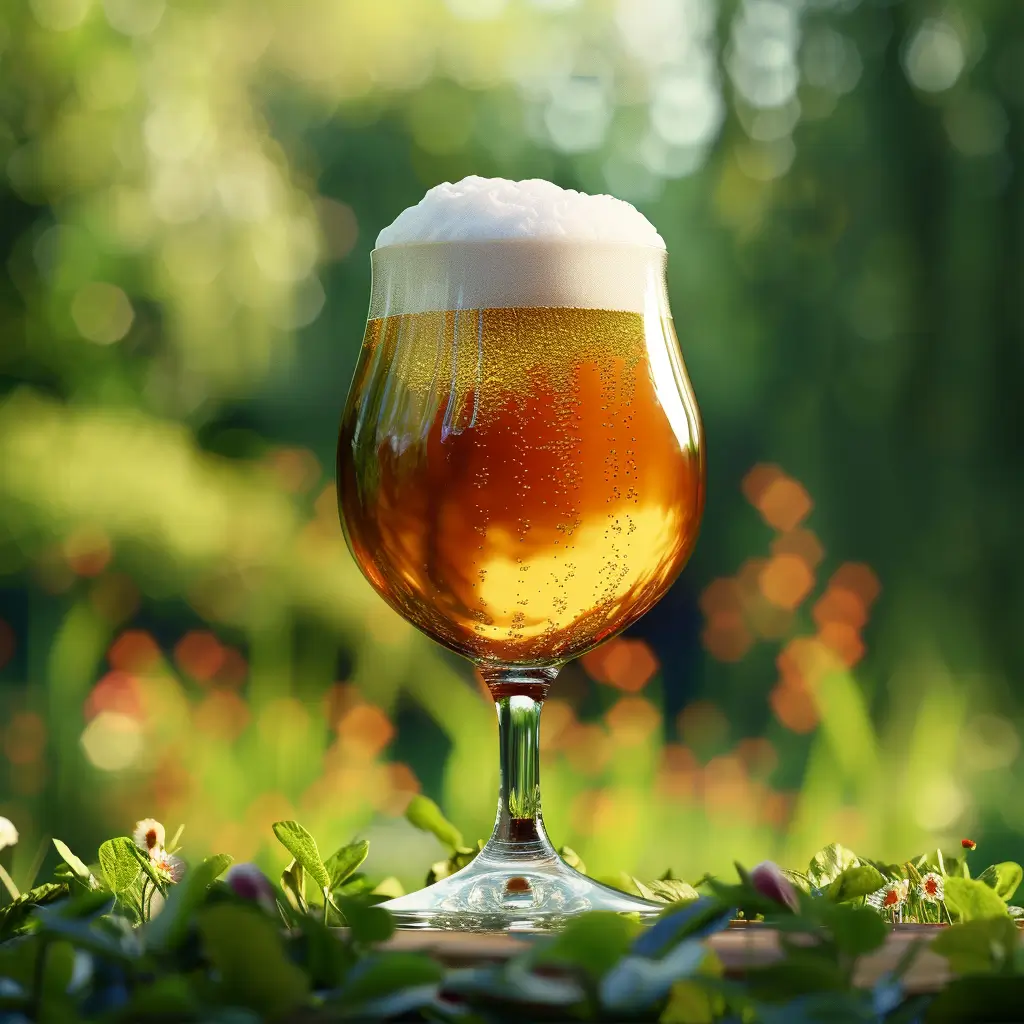
Saison is most celebrated for its refreshing complexity and rustic charm. In appearance, it ranges from hazy pale gold to deep amber, crowned with a billowing, rocky white head that lingers like summer clouds. This effervescent brew is a feast for the eyes, with its lively carbonation creating a mesmerizing dance of bubbles in the glass.
The aroma and flavor profile of a saison is a journey through a sun-drenched orchard and spice bazaar. Fruity esters reminiscent of ripe pears, tangy citrus, and subtle tropical notes intertwine with peppery phenols and earthy, herbal hop character. The malt backdrop provides a gentle sweetness, like freshly baked bread, while the hops contribute a restrained bitterness that balances rather than dominates. The star of the show is often the yeast, imparting a distinctive spiciness and sometimes a touch of farmhouse funk that speaks to the style's rustic origins. As craft beer expert Garrett Oliver puts it, "Saison is bottled terroir."
In terms of mouthfeel, saisons are typically light to medium-bodied with effervescent carbonation that dances on the tongue. The texture is often described as crisp and dry, finishing with a quenching tartness that invites another sip. Despite their sometimes deceptive strength, with ABVs ranging from 5% to 9%, saisons maintain a remarkable drinkability. This versatility makes them equally at home as a refreshing summer quaff or a complex sipper for contemplative moments.
On the Standard Reference Method (SRM) scale, saisons typically fall between 5 and 14, reflecting their range from pale gold to deep amber. Holding a saison up to the light is like capturing liquid sunshine, with hues that evoke images of harvested wheat fields or the golden glow of a late summer evening. It's a visual promise of the refreshment and complexity that awaits with every sip.
Today's craft brewers have embraced the saison style, experimenting with various ingredients and fermentation techniques. This revival has breathed new life into the farmhouse ale tradition, offering beer enthusiasts a wide array of interpretations that honor the style's rustic roots while pushing the boundaries of flavor and aroma.
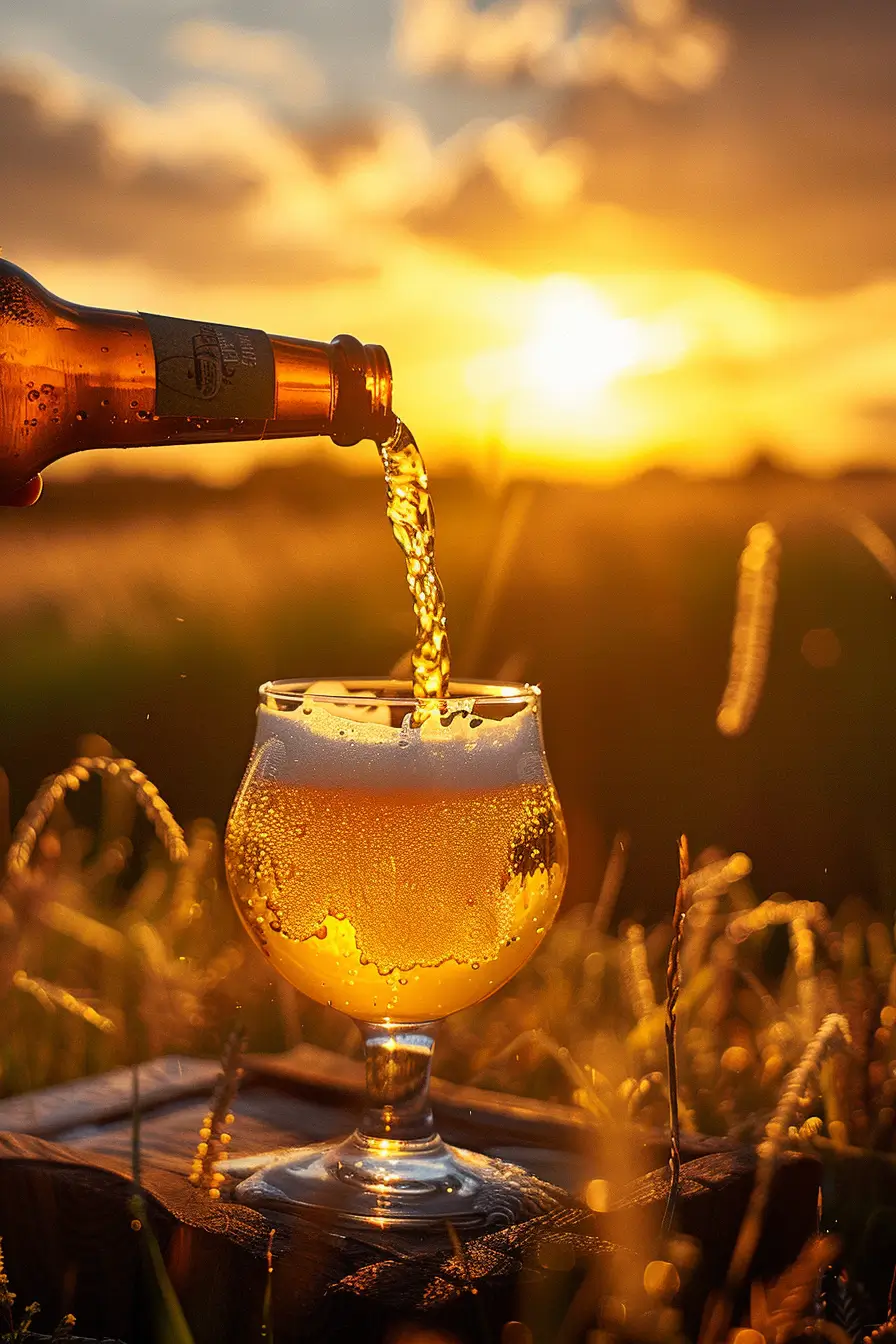
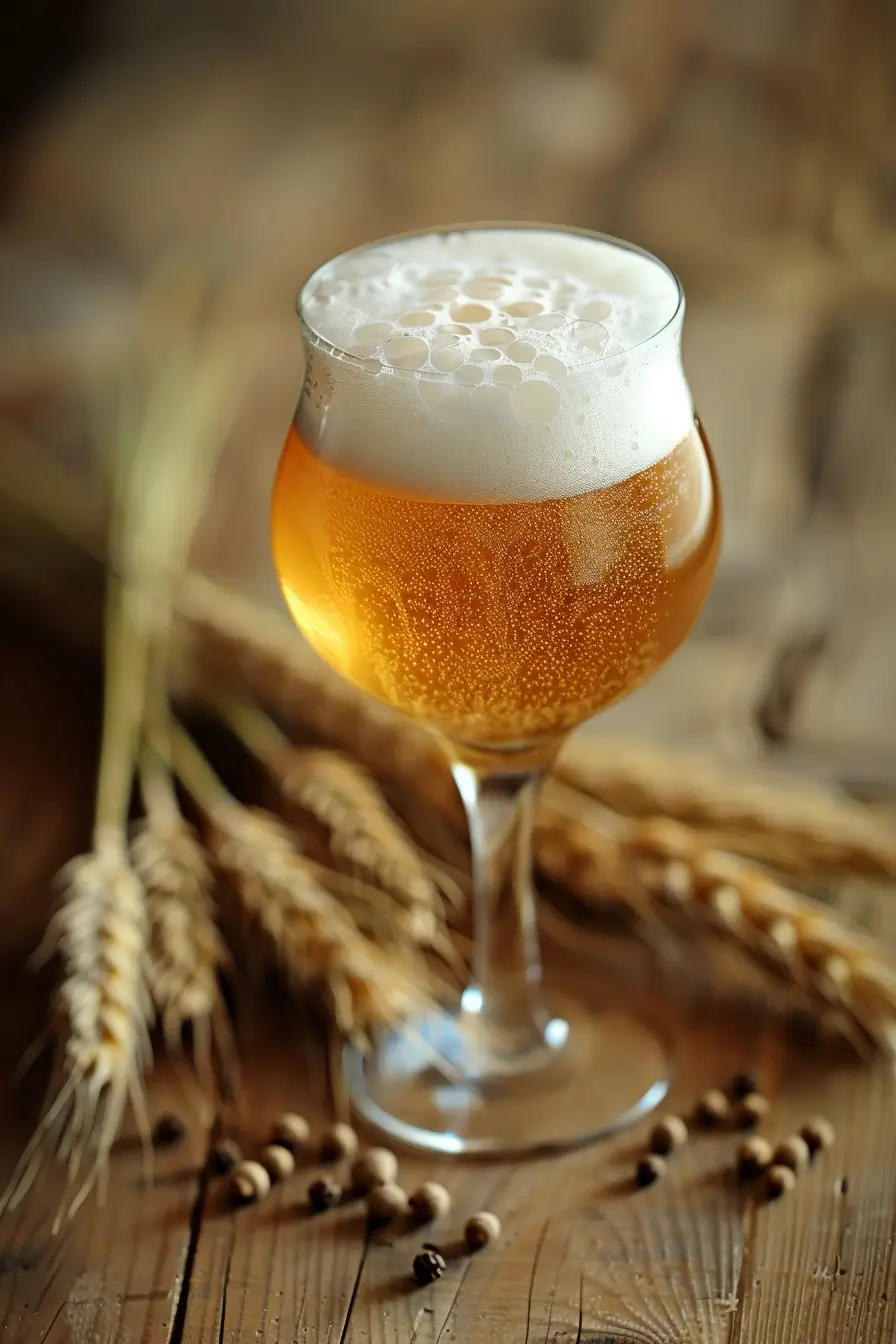

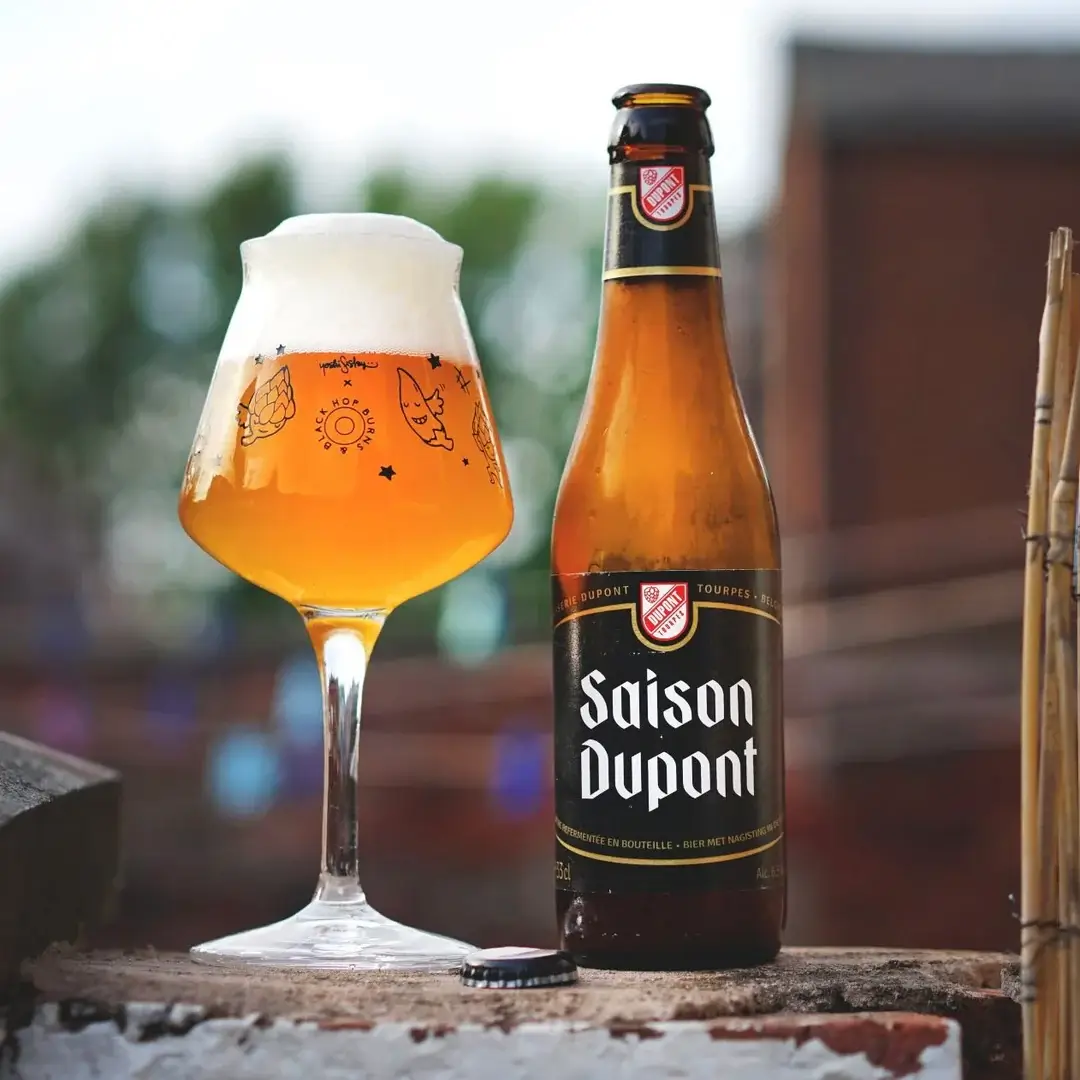




Brewing a Saison is an art that balances tradition with innovation. The key challenge lies in creating a beer that is dry, complex, and highly attenuated while maintaining a delicate balance of flavors. The choice of yeast is crucial, as saison yeasts are known for their ability to ferment at higher temperatures, producing distinctive spicy and fruity notes.
Many brewers also experiment with adjuncts and spices to add complexity, though the best examples often rely solely on malt, hops, and yeast for their character.
Brewing Saison involves several key steps:


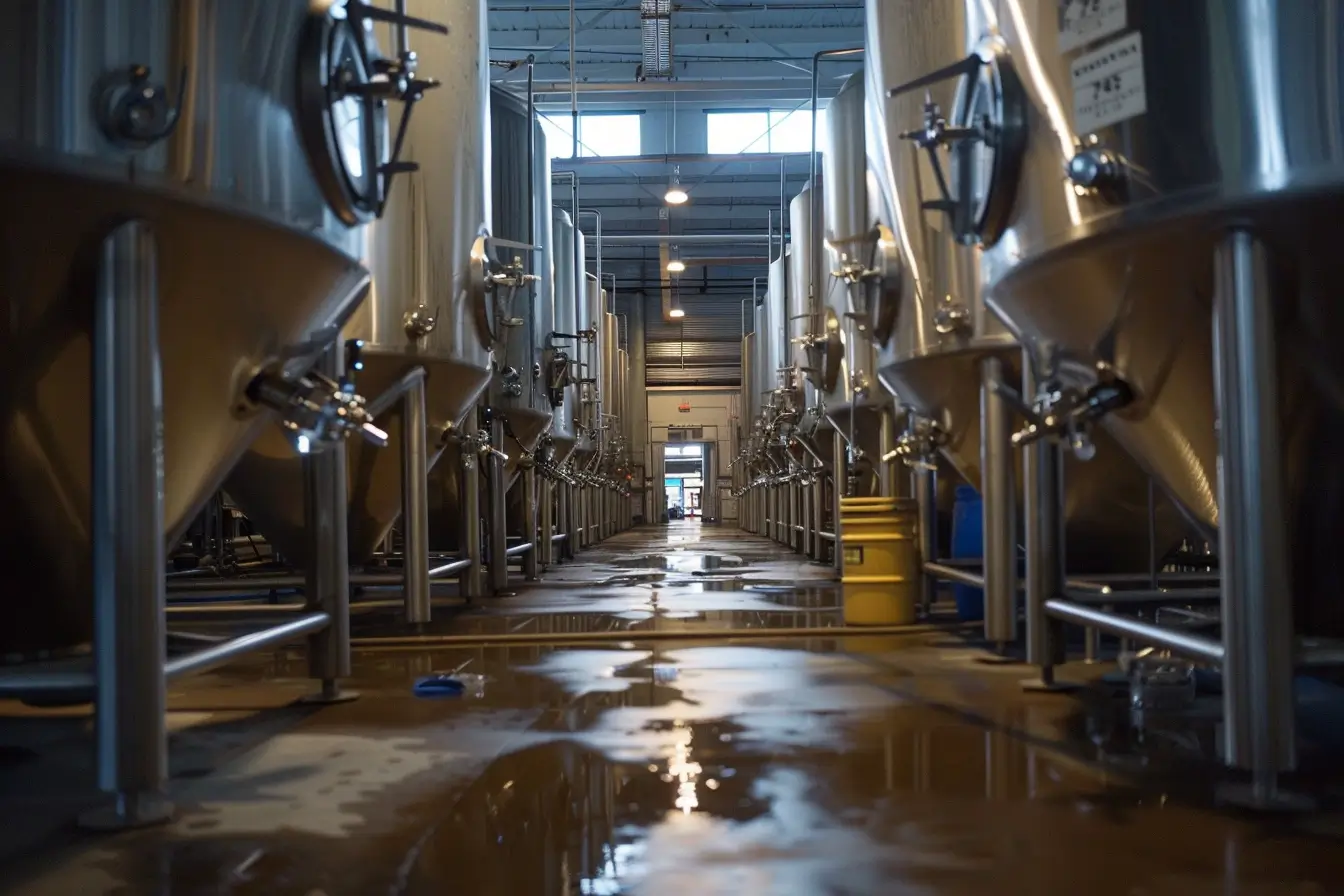
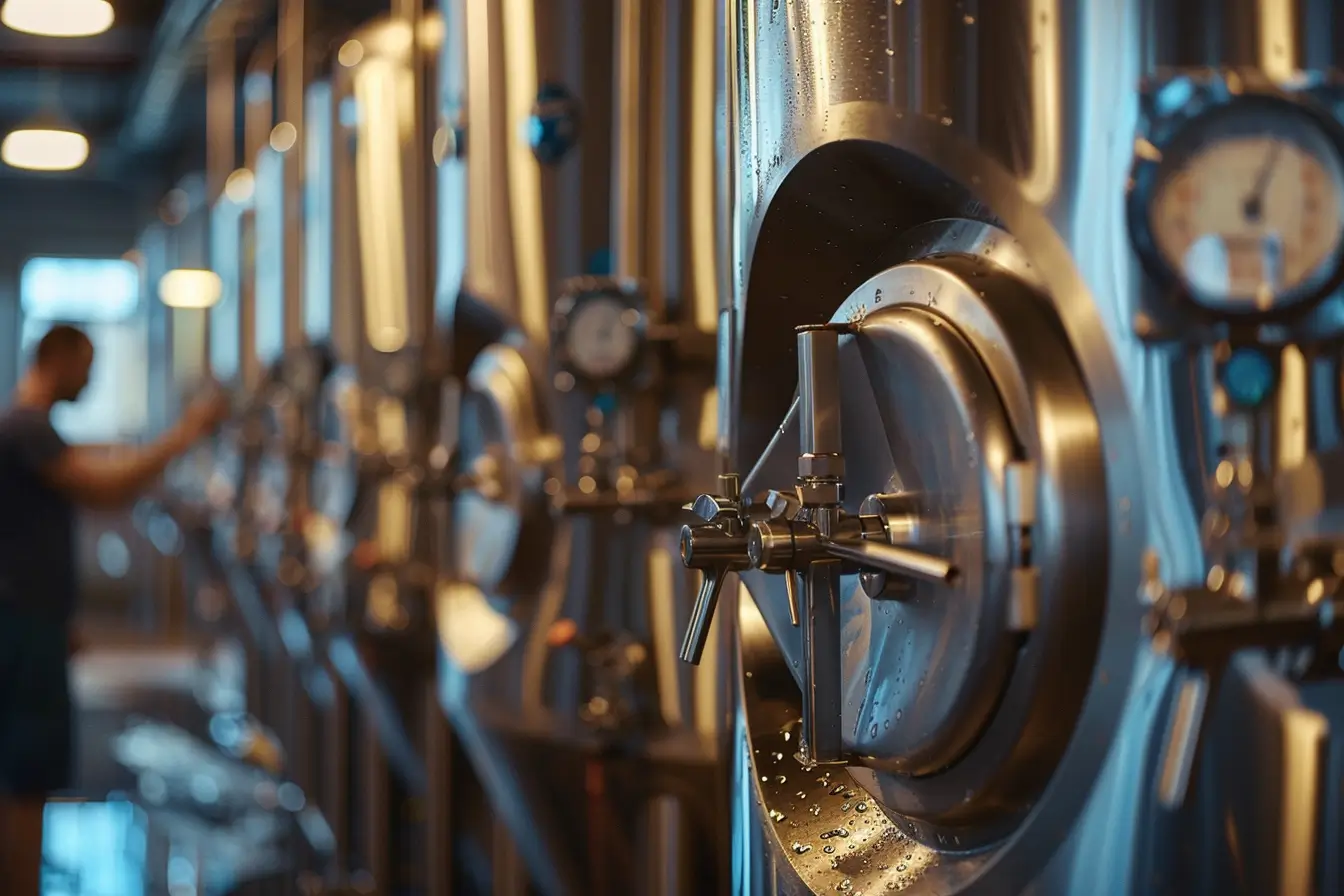
Saison, French for "season," originated in the farmhouses of Wallonia, the French-speaking region of southern Belgium, during the 18th and 19th centuries. These beers were brewed in the cooler months and stored for consumption during the warm summer harvest season. Each farm would produce its own distinct version using local ingredients, resulting in a diverse range of flavors and strengths united by their refreshing character.
The style nearly disappeared in the mid-20th century as farm brewing declined, but it was revived and popularized by commercial breweries like Brasserie Dupont. In recent decades, craft brewers worldwide have embraced and reinterpreted the style, experimenting with different ingredients and fermentation techniques while maintaining the saison's core characteristics of dryness, complexity, and refreshment.
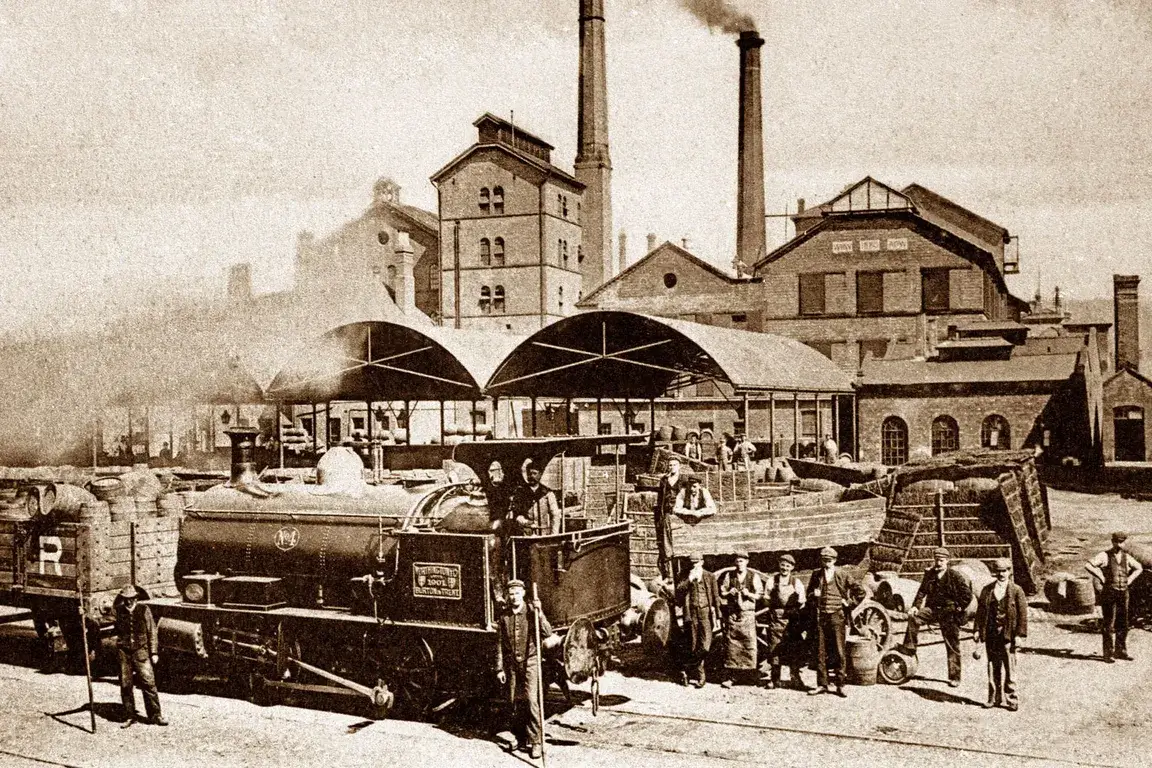
While not strictly a West Coast IPA, this hop-forward ale set the stage for American interpretations of IPA.
The brewery that would later produce Saison Dupont, now considered the benchmark of the style, is established.
Modernization of farming practices leads to a decline in farmhouse brewing.
Beer writer Michael Jackson praises Saison Dupont, bringing global attention to the style.
American and European craft brewers embrace and reinterpret the style, leading to a wide variety of modern saisons.
Get quick answers to our most frequently asked questions about Saison
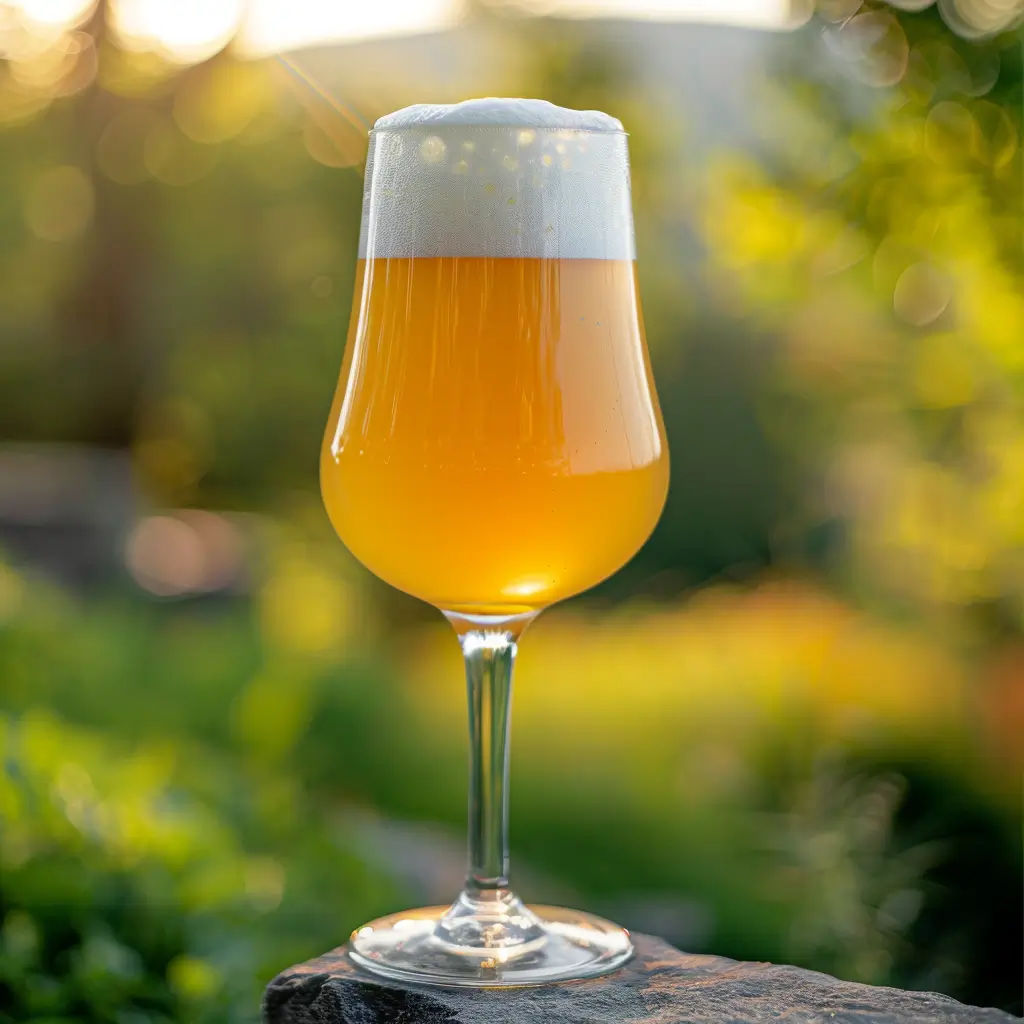
Want to read about other beer styles? We've got you covered!
Saisons are dry, refreshing beers with fruity and spicy notes, moderate bitterness, and high carbonation.
While some modern interpretations can be strong, traditional saisons typically range from 5-7% ABV.
Saison yeast can ferment at higher temperatures, producing distinctive spicy and fruity flavors while achieving high attenuation.
While some brewers add spices, many saisons derive their spicy character solely from the yeast fermentation.
Saisons are typically drier, more highly attenuated, and have a more prominent yeast character than many other Belgian styles.
While best enjoyed fresh, some stronger or wild yeast-fermented saisons can develop interesting flavors with age.
While "farmhouse ale" is often used interchangeably with saison, not all modern saisons are brewed on farms.
Serve in a tulip or goblet glass at 45-50°F (7-10°C) to fully appreciate its aromatics and effervescence.
Saisons have moderate bitterness, typically lower than IPAs but noticeable enough to balance the malt and yeast flavors.
Yes, many saisons have some degree of haziness due to high protein content and bottle conditioning.

Want to read about other beer styles? We've got you covered!